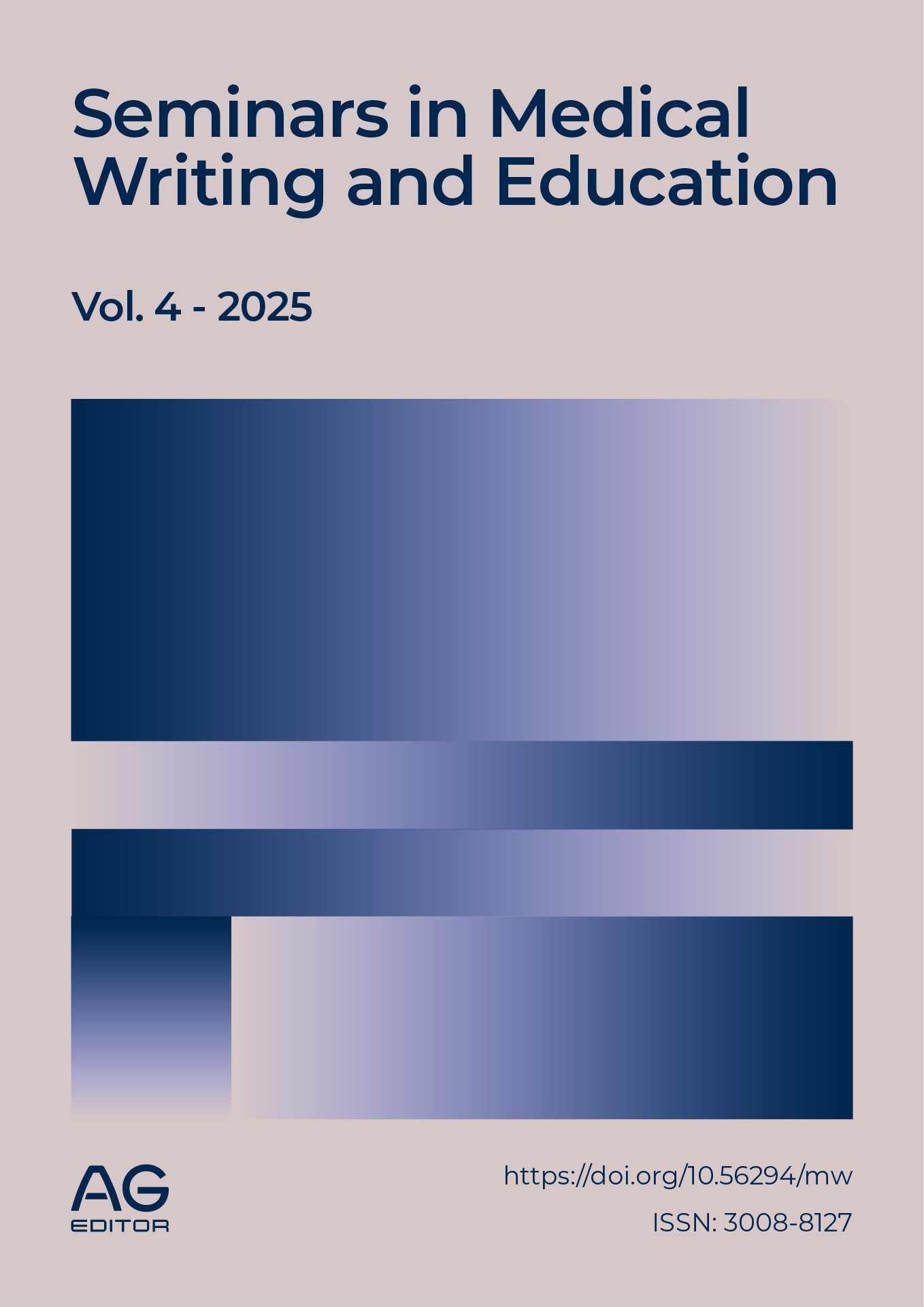VR Prior Experience and Total Intention: Virtual Reality Art Interventions for Mental Health
DOI:
https://doi.org/10.56294/mw2025693Keywords:
Virtual Reality (VR), Total Intention, VR Experience, Parametric and Non-Parametric Analysis, Virtual Reality Art Intervention (VRAI), Mental HealthAbstract
Previous research on virtual reality interventions for mental health has largely used single-method designs, lacking comprehensive investigation into "total intention" and experiential variables. This original research examines the relationship between total intention and prior virtual reality (VR) experience among university students participating in VR art interventions for mental health support. Employing a dual-statistical approach—combining parametric (independent samples t-test) and non-parametric (Mann-Whitney U test) methods—the study analyzed data from 82 Chinese university students within a counseling context. Results revealed that participants with prior VR experience reported significantly higher usage intention (Mdn = 3.89) than those without experience (Mdn = 3.67; p < 0.05). These findings highlight the crucial role of prior VR experience in fostering acceptance and effective engagement with VR art interventions. The study suggests that integrating preliminary VR training may reduce psychological barriers and enhance intervention outcomes. This research advances understanding of key experiential factors influencing technology adoption in mental health contexts.
References
(1) Li G, Sit HF, Chen W, Wu K, Sou EKL, Wong M, et al. A WHO digital intervention to address depression among young Chinese adults: a type 1 effectiveness-implementation randomized controlled trial. Transl Psychiatry. 2024;14(1):102. https://doi.org/10.1038/s41398-024-02812-3
(2) Worsley JD, Pennington A, Corcoran R. Supporting mental health and wellbeing of university and college students: a systematic review of review-level evidence of interventions. PLoS One. 2022;17(7):e0266725. https://doi.org/10.1371/journal.pone.0266725
(3) Bell, I. H., Pot-Kolder, R., Rizzo, A., Rus-Calafell, M., Cardi, V., Cella, M., Ward, T., Riches, S., Reinoso, M., Thompson, A., Alvarez-Jimenez, M., & Valmaggia, L. (2024a). Advances in the use of virtual reality to treat mental health conditions. Nature Reviews Psychology, 3(8), 552–567. https://doi.org/10.1038/s44159-024-00334-9
(4) Han K, Ahn S. Therapeutic factors in virtual reality art therapy: a qualitative meta-analysis. Soc Art Educ Korea. 2024;91:169-97. https://doi.org/10.25297/AER.2024.91.169
(5) Kaimal G, Carroll-Haskins K, Berberian M, Dougherty A, Carlton N, Ramakrishnan A. Virtual reality in art therapy: a pilot qualitative study of the novel medium and implications for practice. Art Ther. 2020;37(1):16-24. https://doi.org/10.1080/07421656.2019.1659662
(6) Yap YR, Lee YL. Break times: virtual reality art therapy. arXiv Preprint. 2024. https://doi.org/10.48550/ARXIV.2411.05146
(7) Davis FD. Perceived usefulness, perceived ease of use, and user acceptance of information technology. MIS Q. 1989;13(3):319-40. https://doi.org/10.2307/249008
(8) Venkatesh V, Morris MG, Davis GB, Davis FD. User acceptance of information technology: toward a unified view. MIS Q. 2003;27(3):425-78. https://doi.org/10.2307/30036540
(9) Makransky G, Lilleholt L. A structural equation modeling investigation of the emotional value of immersive virtual reality in education. Educ Technol Res Dev. 2018;66(5):1141-64. https://doi.org/10.1007/s11423-018-9581-2
(10) Fussell SG, Truong D. Using virtual reality for dynamic learning: an extended technology acceptance model. Virtual Real. 2022;26(1):249-67. https://doi.org/10.1007/s10055-021-00554-x
(11) Borghouts J, Eikey E, Mark G, De Leon C, Schueller SM, Schneider M, et al. Barriers to and facilitators of user engagement with digital mental health interventions: systematic review. J Med Internet Res. 2021;23(3):e24387. https://doi.org/10.2196/24387
(12) Hosseini M, Thomas R, Pilutti L, Fallavollita P, Jutai JW. Acceptance of physical activity virtual reality games by residents of long-term care facilities: a qualitative study. PLoS One. 2024;19(6):e0305865. https://doi.org/10.1371/journal.pone.0305865
(13) Zinbarg RE, Revelle W, Yovel I, Li W. Cronbach’s α, Revelle’s β, and McDonald’s ωH: their relations with each other and two alternative conceptualizations of reliability. Psychometrika. 2005;70(1):123-33. https://doi.org/10.1007/s11336-003-0974-7
(14) Razali NM, Wah YB. Power comparisons of Shapiro-Wilk, Kolmogorov-Smirnov, Lilliefors and Anderson-Darling tests. J Stat Model Anal. 2011;2(1):21-33.
(15) Conover WJ, Iman RL. Rank transformations as a bridge between parametric and nonparametric statistics. Am Stat. 1981;35(3):124-9. https://doi.org/10.1080/00031305.1981.10479327
(16) Margaryan A, Littlejohn A, Vojt G. Are digital natives a myth or reality? University students’ use of digital technologies. Comput Educ. 2011;56(2):429-40. https://doi.org/10.1016/j.compedu.2010.09.004
(17) Bellei EA, Biduski D, Brock LA, Patricio DI, Souza JDL, Marchi ACB, et al. Prior experience as an influencer in the momentary user experience: an assessment in immersive virtual reality game context. 2018 20th Symposium on Virtual and Augmented Reality (SVR). 2018:1-9. https://doi.org/10.1109/SVR.2018.00014
(18) Makransky G, Lilleholt L. A structural equation modeling investigation of the emotional value of immersive virtual reality in education. Educ Technol Res Dev. 2018;66(5):1141-64. https://doi.org/10.1007/s11423-018-9581-2.
Downloads
Published
Issue
Section
License
Copyright (c) 2025 Li Huang, Mohammad Kamal Bin Sabran , Dongxia Guan, Guoqing Wang (Author)

This work is licensed under a Creative Commons Attribution 4.0 International License.
The article is distributed under the Creative Commons Attribution 4.0 License. Unless otherwise stated, associated published material is distributed under the same licence.






